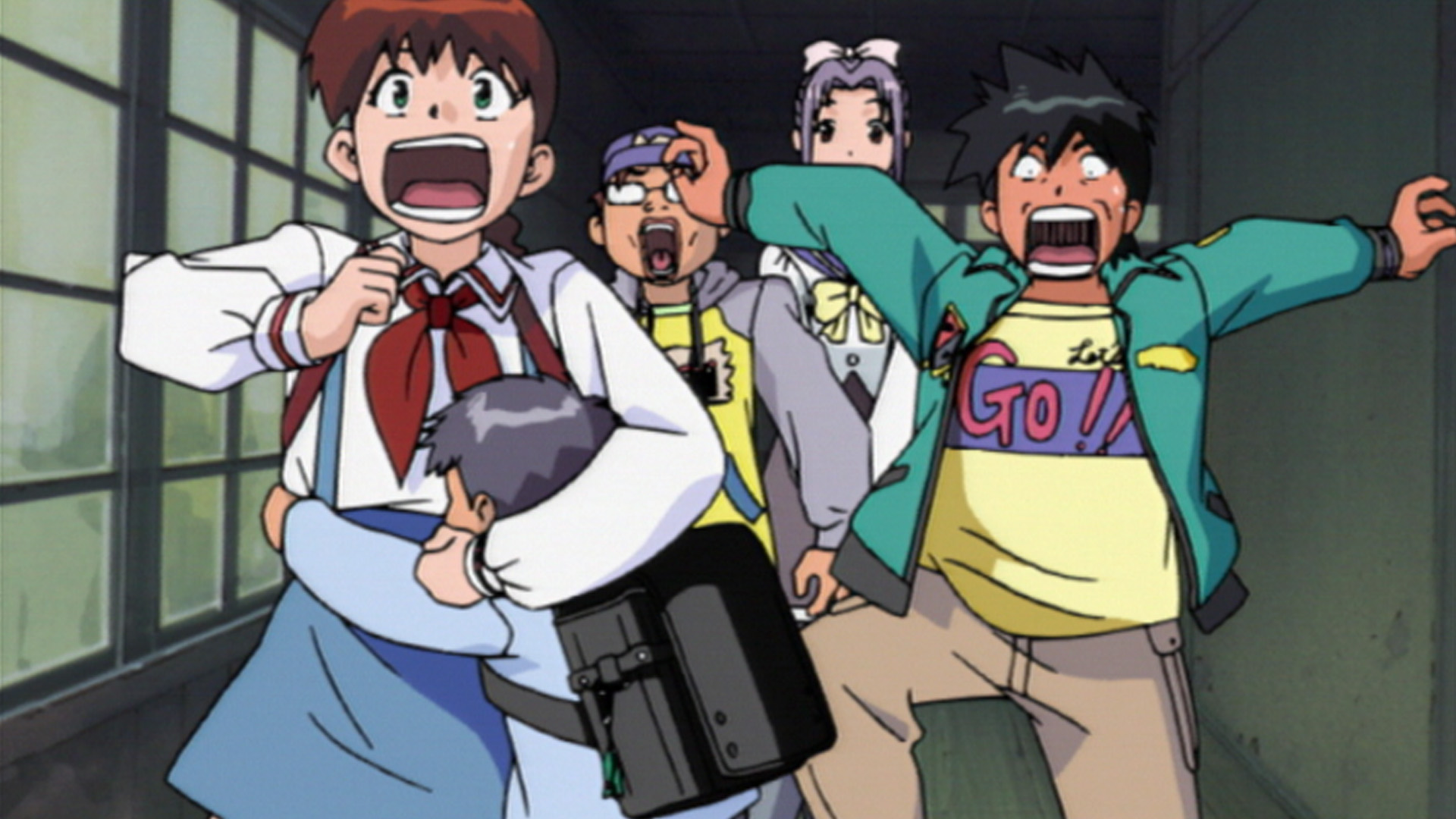Table of Contents Show
The subtitles vs. dubbing debate is ongoing and seemingly never-ending. While it mostly stays wholesome and playful, nasty insults are sometimes flung around when the argument gets heated. However, the debate should not even be happening in the first place. This is more representative of a larger trend of people arguing over simple preferences such as Spotify vs. Apple Music or Coca-Cola vs. Pepsi. Instead of simply saying they prefer something, they have to justify it. There are strengths and weaknesses to each, both of which we’ll be taking a look at.
The Strength Of Dubbing
Dubs usually have the worst rep among the anime community. This is not without a valid foundation. Dubs have a history of being inaccurate, offensive, or downright cringy. Until the founding of Funimation in 1994, which commercialized dubbing and made it a much more professional business, dubs were made by multiple smaller studios, such as Ocean Studios and Animaze, Inc. Many of these are now defunct, having been taken over by Funimation, and many had great examples of dubs, such as Ocean Studios’ Death Note. However, since there were so many small studios, the quality of dub production was often spotty.
This was in addition to the lack of mainstream interest and recording technology, and since not many people were interested in dubs, they had smaller budgets to work with. These earlier dubs were given no oversight whatsoever from the Japanese studios and rarely stuck to the plotlines or characters’ personalities, resulting in infamous dubs such as the hilarious Ghost Stories and the simply bad Cipher the Video. All of this to say, the history of dubs just goes to show how much it has improved.
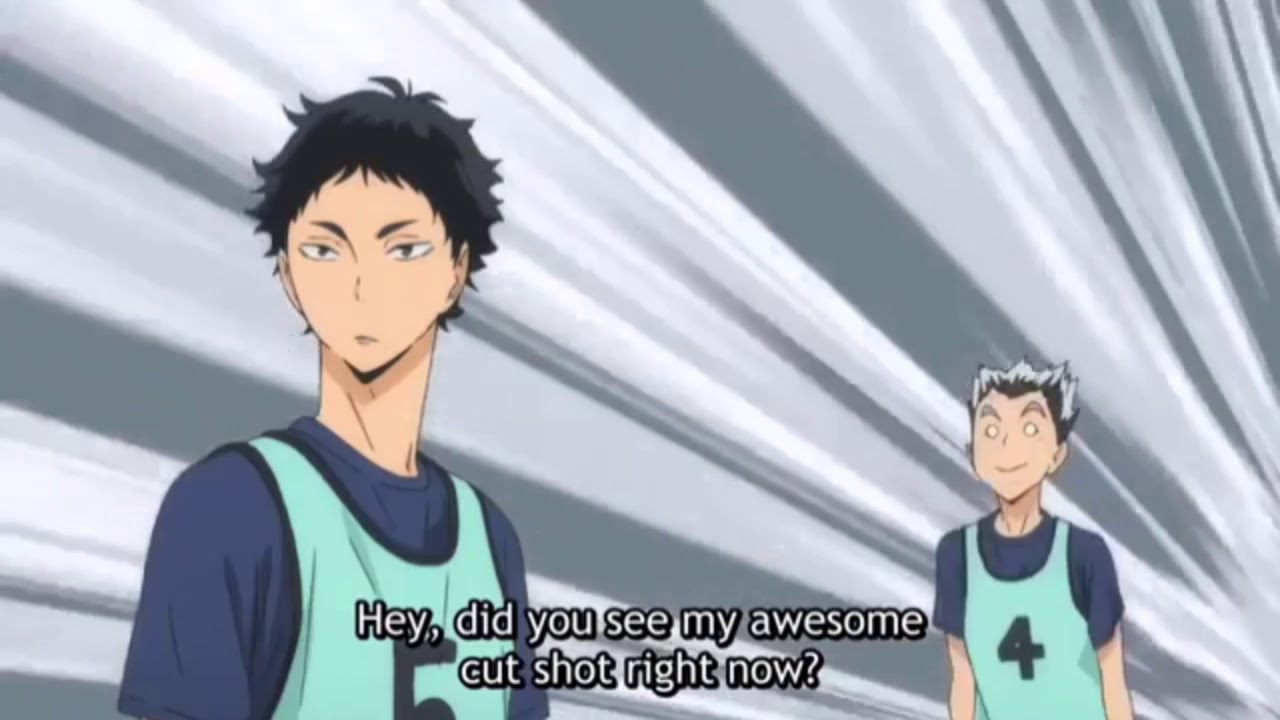
Now that studios such as Funimation have taken dubbing and standardized it in a way that we can expect similar quality from each anime, we now have talented voice actors on the scene with modern dubbing technology and dubbing directors who, while they still don’t have too much oversight from the Japanese studios, actually care about sticking close to the plot and doing the anime justice. We have actual anime fans dubbing anime now, putting thought and care into their acting and delivery of each line. Some of the most popular dubs now are Haikyu!!, My Hero Academia, and Sk8 the Infinity, all of which have been acclaimed by fans for being realistic, comedic, and loyal to the plot. One of the strengths of dubs is that they are simply easier to understand.
Subtitle watchers often throw around the jab of “you watch dubs because you can’t read subtitles.” Still, many people may prefer to watch the dub with subtitles because auditory processing problems are real. Dubs allow the watcher to process the information more quickly and in a more familiar environment. It’s no secret that it is a whole lot easier to understand a concept if you are listening to it in your native language rather than reading it while a foreign language is playing in the background, especially if a familiar voice is explaining it to you. Some concepts in anime can be challenging and complex, such as the whole explanation behind the Titans in Attack on Titan (there are whole hour-long videos talking about it), and having a familiar voice explain it can make the subject matter all that much clearer. Of course, many dubbed anime leave information or whole plotlines out, but reputable dubs make sure to put everything important in and stick as close to the subtitles as possible.
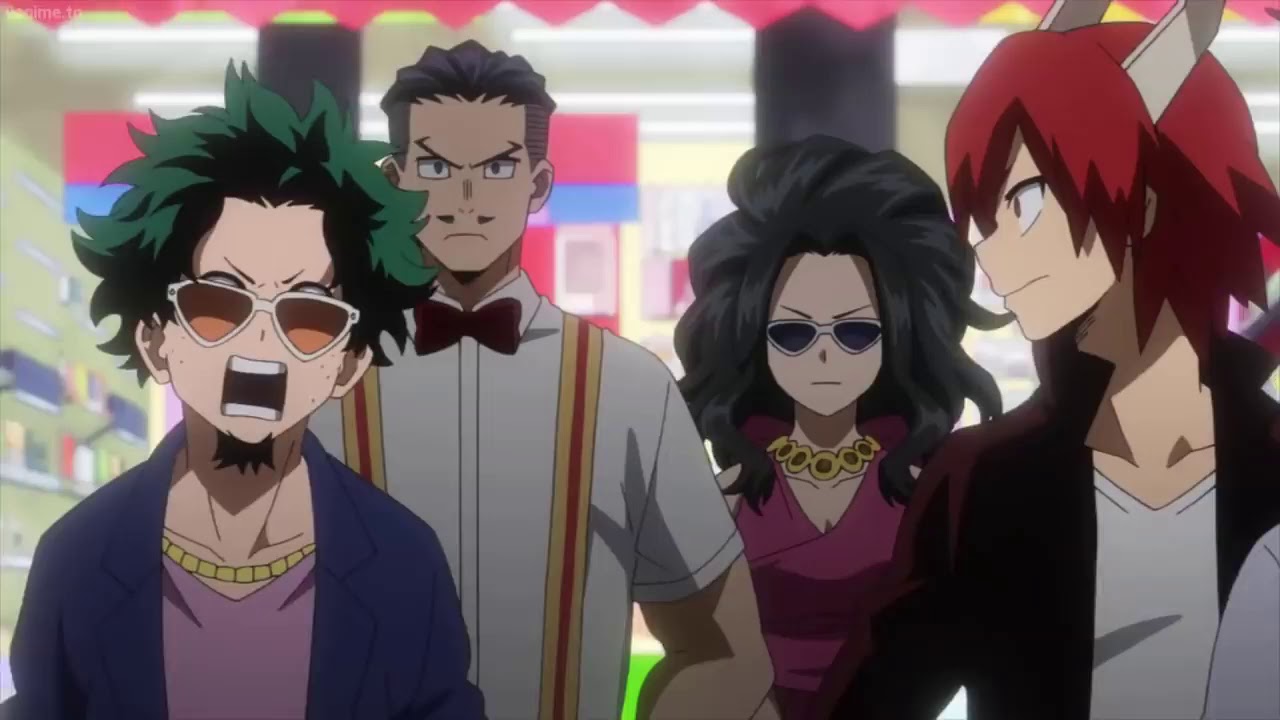
Another strength is that they are funnier. Of course, this is subjective, but the sheer number of compilations on YouTube claiming the “Haikyu!! dub deserves rights” or making a video to try and convince their friend to watch the dub shows that dubs are growing in popularity and are often the site of a lot of comedy and sweet moments for people. Many fans have remarked that the Haikyu!! dub specifically did a great job in making the characters sound like actual teenage boys, using words high school boys would throw around in the hallways: “Shittykawa,” “horny tornado,” “chop chop, manbun,” and most famously, “somebody’s got cojones.”
Hearing slang and terms we are familiar with makes the content even more enjoyable and comedic since it both makes the characters seem more real to the viewer and makes them more relatable. This can be applied to numerous dubs with teenage characters, as well as adult characters making jokes we are familiar with rather than reading an attempt at translating a joke from Japanese. Overall, dubs — for those who enjoy them — are a great alternative to subtitles if you have dyslexia, have trouble reading subtitles, or are doing something and want the anime playing in the background instead of having to keep your eyes glued to the screen the entire time. They are certainly getting better and better as they get more mainstream, meaning the big studios are considering more criticism when producing each dub to make it as marketable and easy to listen to as possible.
Dubs have a certain indescribable charm about them that makes them much more relatable to watch, making the characters come alive and seem like real people. Dubs have had a rocky history, but as more and more people start watching anime and go on to watching dubs, we will see a rise in popularity and quality of each dub, bringing the best voice actors to convey as much emotion and comedy as they can while staying faithful to the storyline.
The Weaknesses Of Dubbing
The weaknesses of dubs are far more apparent than the strengths, especially since dubs have only improved over the past ten or fifteen years. We have already covered that dubs leave a lot of information out, most notably shown in Ghost Stories. The voice actors were told to do whatever they wanted in the studio, resulting in the infamous dub everybody makes fun of today. Almost none of the plot was preserved in that instance. While it is a very extreme example, it reflects the disconnect between Japanese and American studios regarding translation.
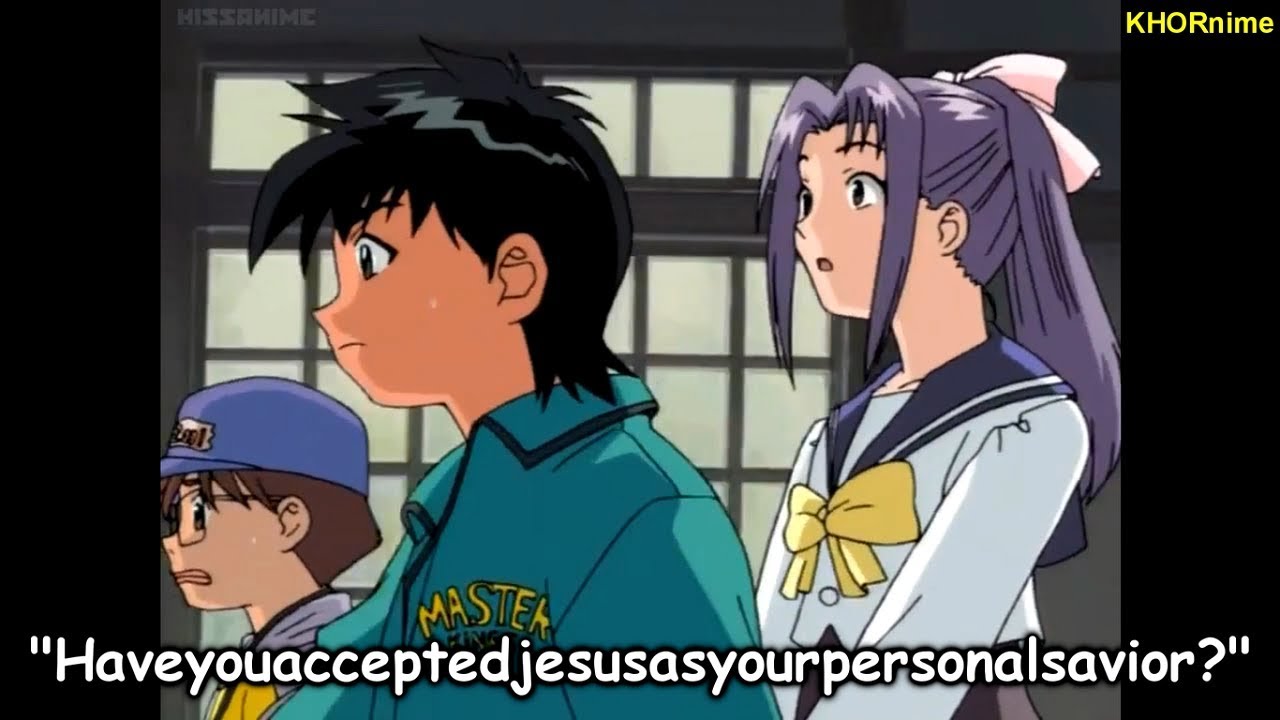
There isn’t much communication between Japanese and American studios; rarely do Japanese studios give the American studios any direction to take the dubs. American studios usually have translators, but translators are human, leaving room for mistakes. Japanese is also famously known for being a very hard-to-translate language. While subtitles can leave some information out for the sake of translation issues, dubs can change an entire scene’s tone or meaning due to translation mistakes, deadlines, or marketability. Therefore, subtitles are a lot more reliable in terms of depicting the true occurrences in each scene.
One issue we haven’t discussed is censorship. This issue has since been on the decline, and some dubs are even more vulgar than versions with subtitles. Still, some of the more famous examples include changing any concept of death in Dragon Ball Z, saying “going into another dimension” instead of “he died,” removing Bandit Keith’s gun in Yu-Gi-Oh!, and removing any romance between Sailor Uranus and Sailor Neptune and making them cousins instead of girlfriends in Sailor Moon. The latter example has since been avenged by adding more homoerotic subtext, in the case of Sk8 the Infinity, where viewers have noticed far more innuendo and romantic tension between Cherry and Joe than in the version with subtitles, but we cannot negate the history of dub doing anime dirty by censoring many important plotlines.
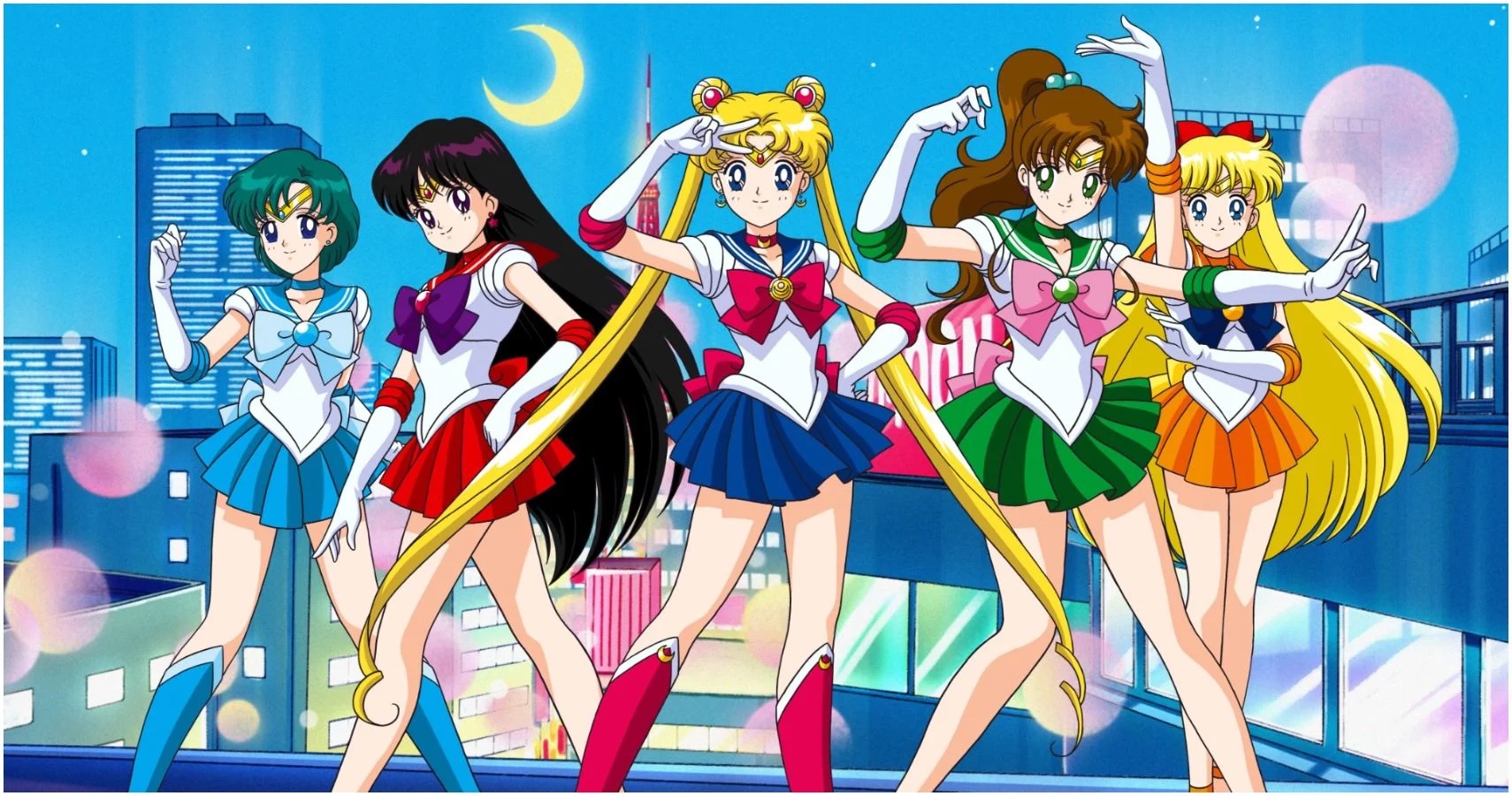
A more technical aspect of the weakness of dubs is that they come out a lot later than the original subbed episodes do. This means that fans who follow the dub have to wait an extra week or two — or even more — to see the same content other people in the fandom have already analyzed and talked about. This makes dub watchers more prone to spoilers and feeling cast out of fandom since they aren’t caught up with the content. The FOMO is real when a dub watcher wants to talk about an episode, only to find out that everybody has moved onto the most recent episode and are dissecting that instead. Last but certainly not least, most dubs don’t have the same raw emotion conveyed in the sub by Japanese voice actors. While this is also getting better and English voice actors are getting more expressive, nothing can beat the sheer fury in Levi’s voice when he screamed “Kenny” or when Bakugo poured out his disappointments over not being All Might’s protégé.
Japanese voice acting is a cutthroat business. Those who are not good enough at acting are cut from the roster and are replaced with somebody else who is more willing to pour all their emotions into their voice in order to evoke a reaction from the audience. While it’s good that Funimation has now standardized dubs and made them all somewhat the same quality, they overuse the same voice actors over and over, leading to less variation and fewer unique anime voices. It’s very easy to recognize a certain voice actor across anime, and instead of seeing the character as unique, the viewer keeps on thinking about how similar they sound to another character. Additionally, American studios are laxer in their expectations for voice actors, so unless a voice actor truly cares about the show and the character, they don’t put as much effort into it as a Japanese voice actor would. This leads to a less enjoyable or emotionally reactive experience.
The Strengths Of Subtitles
One of the more obvious strengths of subtitles is that it is the original audio for an anime, meaning it is the most faithful and initial adaptation of the manga. Of course, the subtitles depend on who is translating them and how good a job they do at interpreting Japanese jokes and idioms into English while communicating the plot efficiently and clearly. However, in general, subtitles do a good job of explaining the plot in an understandable way. It is the most canon material and the most common language people refer to when speaking about a series; almost nobody talks about the dub when analyzing or discussing something about the anime. Some anime should not be dubbed. For example, Given, as shown in the image above, would be a mess if anybody attempted to translate the songs in the anime, which are a central plot point because some Japanese idioms are untranslatable into English, and the rhyming and musical schemes would be impossible to make sound good.
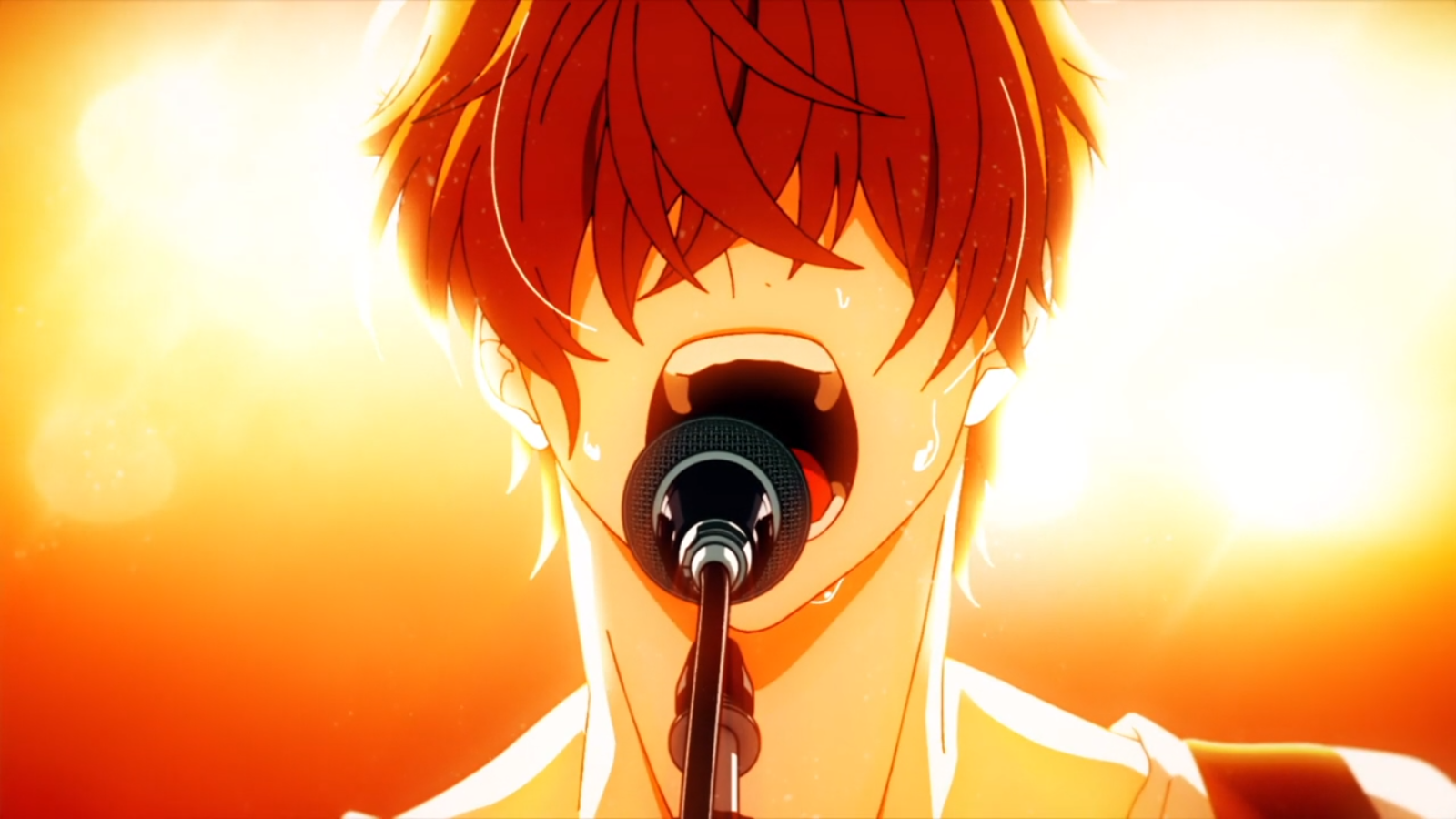
There are some examples of people translating Japanese songs into English and doing a good job, but these are incredibly rare and often don’t measure up to the original. If they opted just to keep the songs in Japanese and the rest of the anime dubbed, that would also be much too confusing. There are other examples of anime that just would not do well in English because they just would not fit, no matter how well the English voice actors do. Anime needs to have a specific tone and plot point to fit into dub and make it sound good and not like a cringy nightmare. Another reason why subtitles are better is that anime with characters from multiple nationalities and regions all have a standard Japanese accent and speak the same language. While the Yuri!!! on Ice dub is comedic and very charming, it is hard to get past the fact that the Japanese characters have American accents. In contrast, the Russian characters have actual Russian accents, and this trend continues in other anime as well.
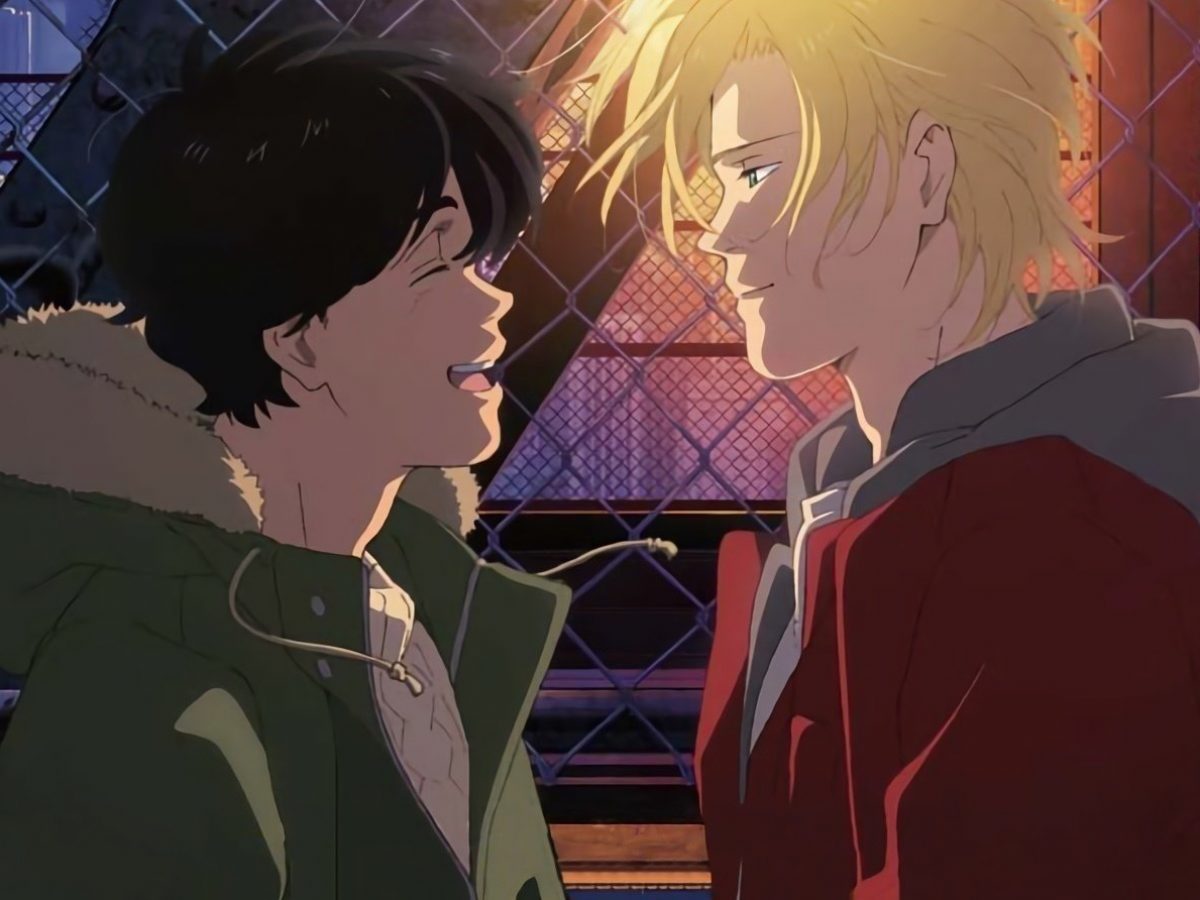
It can be tough to take the dub seriously when the accents sound so silly. In the infamous garage scene where Yuri and Viktor argue with each other, it’s hard to listen to the serious argument when Viktor sounds, frankly, like Gru from Despicable Me. Dubs are great for comedic moments — less so for serious moments. That’s where subtitles come in. It will also be interesting to see how the fourth season of Haikyu!! is dubbed since one of the teams is from another region in Japan and speaks with another accent. Many speculate they’d speak in a Southern accent since that is what it is comparable to in the U.S., which will make the funny moments even funnier but the serious moments very hard to listen to. Subtitles take this disconnect away and standardize everything, so it’s a lot smoother to listen to.
The Weaknesses Of Subtitles
Translation is not a perfect art. Bilingual and multilingual people know how difficult it can be to translate a joke in a different language to a friend or family member or explain a saying to somebody who does not speak the language. Translating is serious business, especially if millions of people depend on the translation to understand an entire show. Even though most translations are incredible and do a great job of translating a joke or explaining a plot, not everything can be translated smoothly. Especially in the early days of anime, it was hard to find an accurate translator since Japanese studios weren’t experienced in finding seasoned Japanese-to-English translators, leading to direct translations that made no sense or made the plot even more confusing.
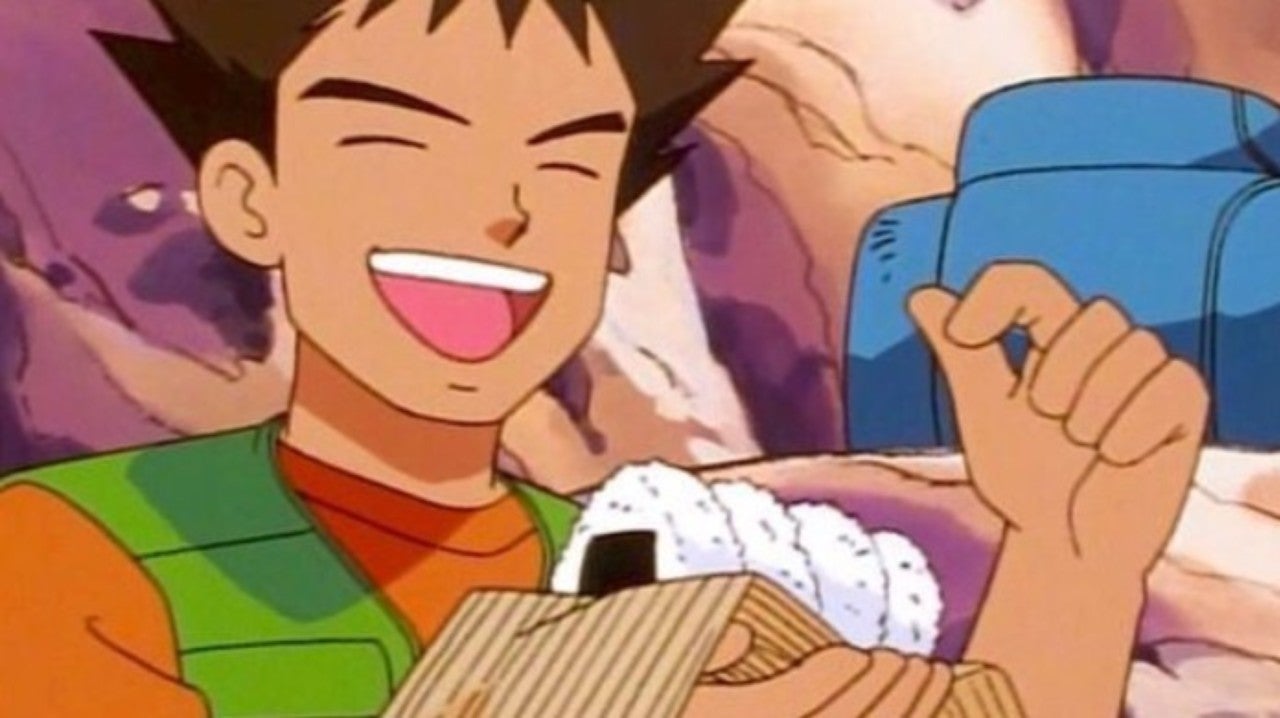
Even if they strayed from the plot, dubs at least made some sense since English speakers could understand what the voice actors were saying. Dubs can often be more accurate because there are far more Japanese speakers in the U.S. than English speakers in Japan who can faithfully translate into English since only around two percent of the Japanese population can speak English fluently. Although Japanese studios have gotten much better and have much more experienced translators, some sub moments can cause the viewer to do a double-take.
A smaller issue with subtitles is that it is hard to look away from the screen at all because if you do, you miss a huge plot point or something funny a character said. If you even blink at the wrong time, the subtitles can change too quickly to read. Additionally, while some people prefer subtitles with everything they watch regardless of language, the argument that subtitles get in the way has some validity. While it is not a huge deal, sometimes viewers catch themselves paying more attention to the subtitles than the scene on the screen and end up missing out on a huge action movie or an important scene and have to replay the scene to watch it more closely, which can break the immersion of the scene.
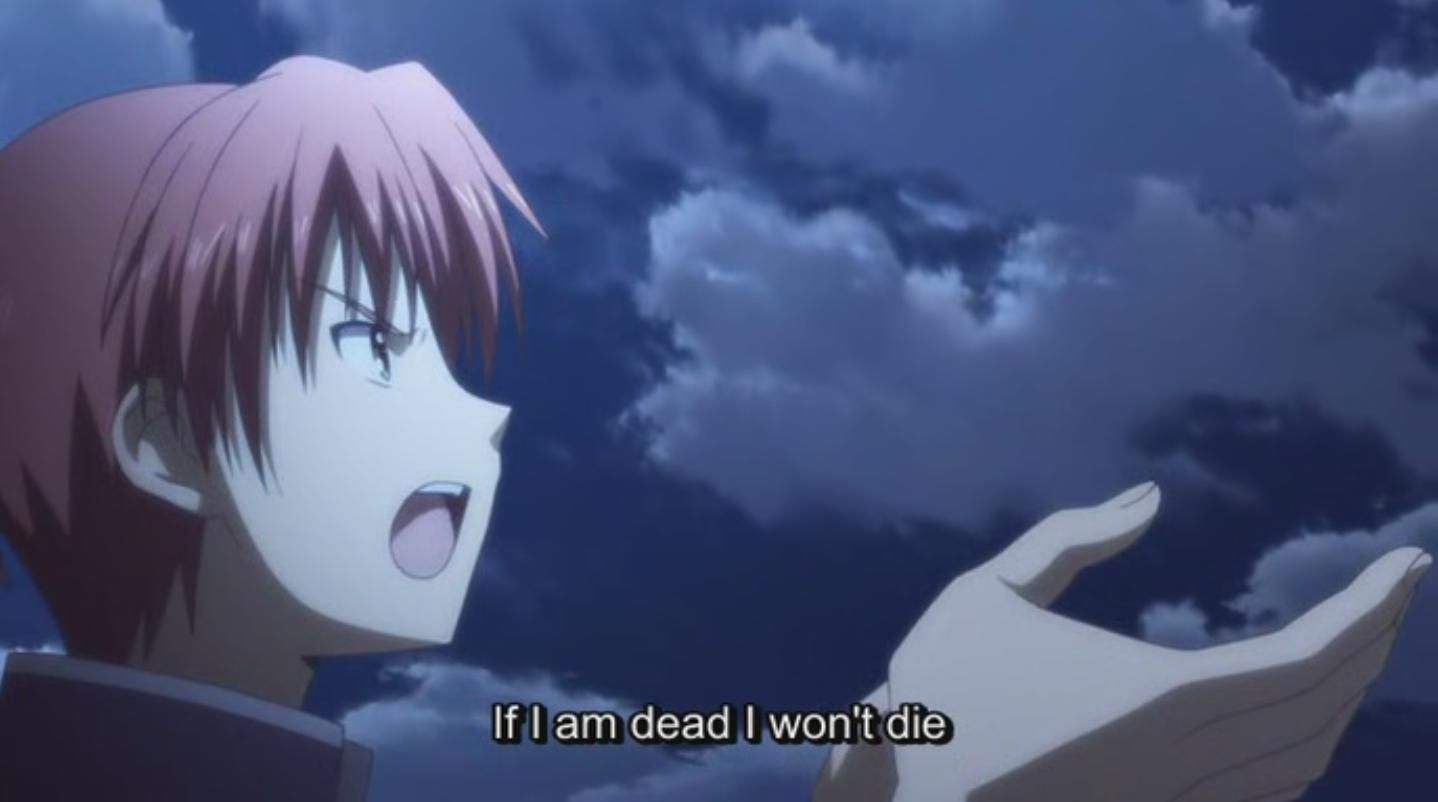
A trend we’ve seen because of the rise in the quality of dub is character relatability. People have become so attached to some characters because they are so relatable, they forget they’re simply a character, but that’s the effect dubs have. They bring a sense of familiarity to a character that subtitles lack. As mentioned before, many viewers agree that the Haikyu!! and My Hero Academia dubs (in addition to others) make the characters seem more like teenage boys while the subtitles make them seem much older and wiser than they are. It gives a serious tone to almost everything since many Japanese jokes are untranslatable, so the jokes we receive are just watered down and don’t hold the same comedic timing as they would for Japanese speakers. Characterization is a huge deal to viewers because otherwise, the anime is boring to watch, and the characters aren’t as likable. While sub conveys emotion a lot better than dubs, the language barrier also forms a familiarity barrier. It makes viewers see the characters more as actors rather than being immersed in their relationships and personalities.
Dub Versus Sub: Which Is Better?
Answer: it is up to the viewer. This may seem like an obvious answer, but many people argue one is objectively better than the other while that simply is not the truth. Each side has its weaknesses and strengths, and it really depends on the viewer and the anime to see which one fits the best. Some anime, such as Ouran High School Host Club and, regrettably, Hetalia, are known for their dubs because they are so memorable and good, and many more people watch the dub than the sub. On the other hand, there are anime, such as the previously mentioned, Given, that would do much better to stay in sub.
If a viewer cringes at the very sound of English in an anime, they should watch sub. If a viewer relates more to a character and finds the anime funnier in dub, they should watch dubbing. We need to end this debate because, even though it is lighthearted and most people don’t take it seriously, a lot of work is put into dubbing, and excluding all dubs and calling them awful negates all the work that has been put into the betterment of the dubbing industry. There are already enough debates in anime; let’s leave it up to the individual to choose if they enjoy dub or sub more because, at the end of the day, we are all watching and enjoying the same shows and loving the same characters.
